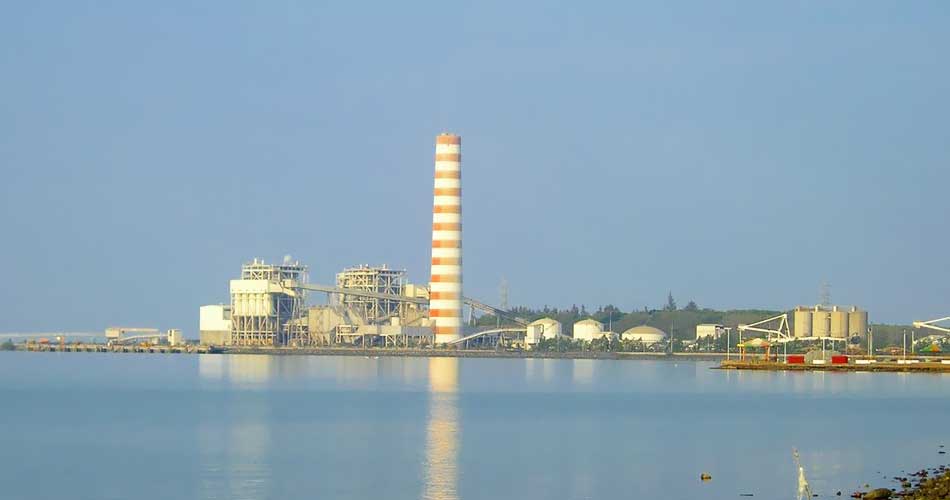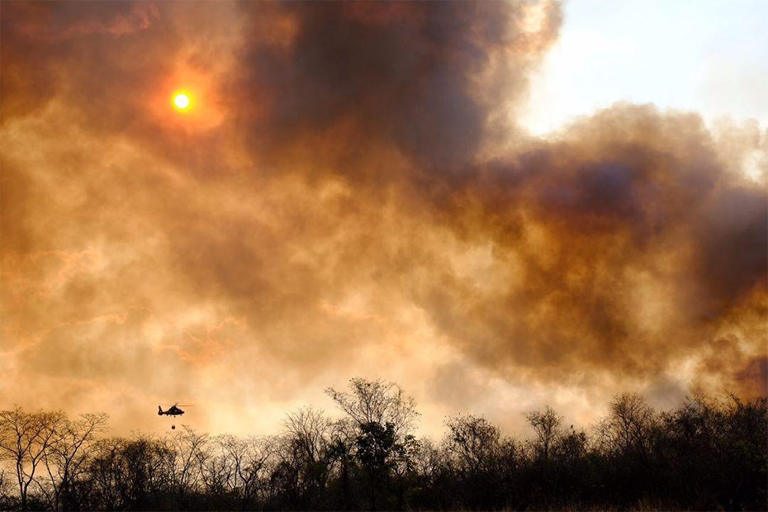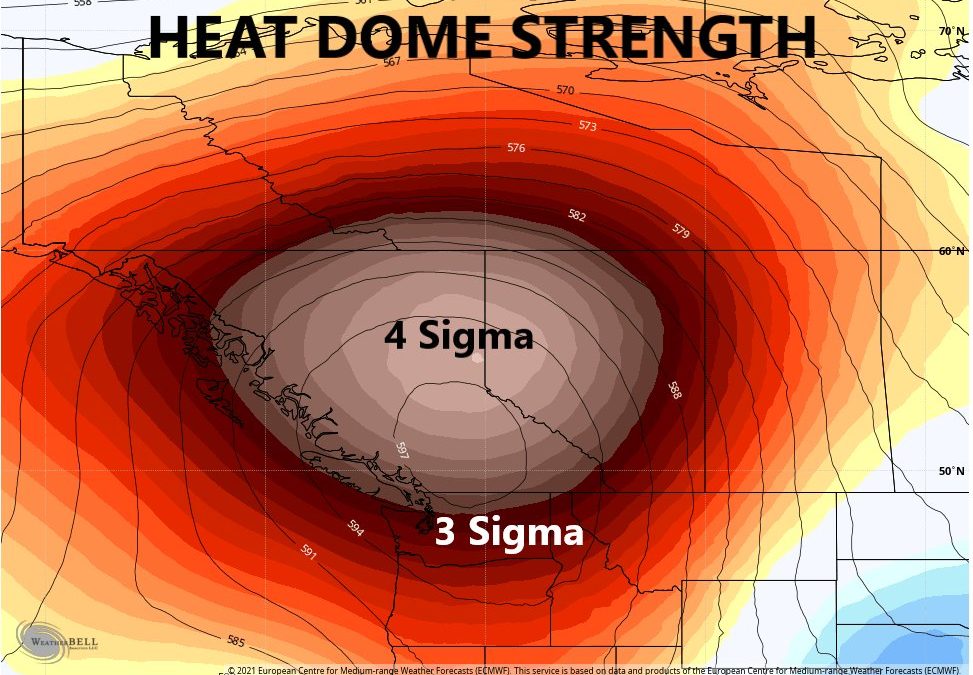Texas wildfire kills 1, as officials worry extreme drought could worsen conditions – “In the wetter parts of Texas, there will be more fuel, and things will dry out more rapidly”
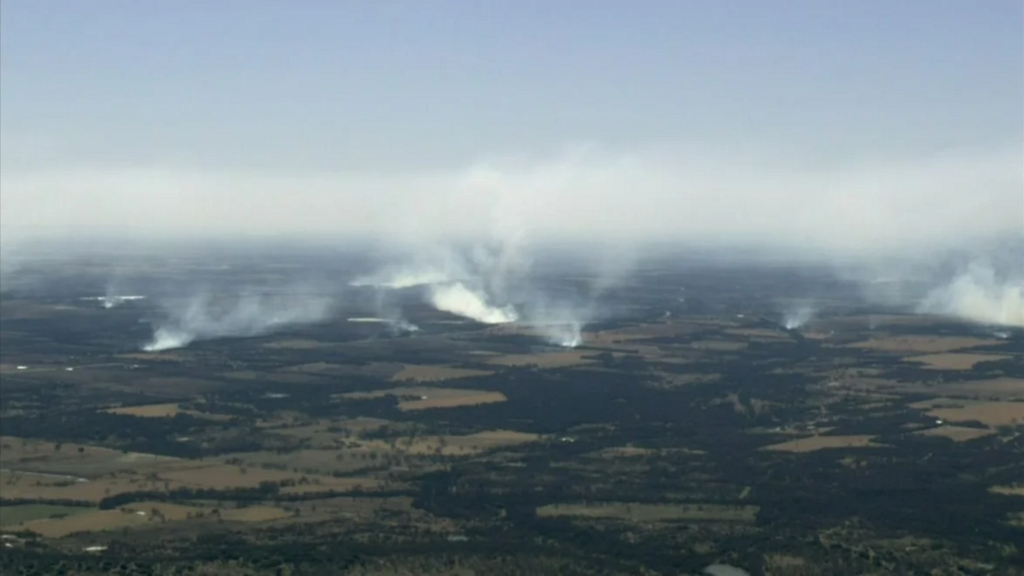
By Jack Douglas and Jacob Bogage
19 March 2022
CARBON, Texas (The Washington Post) – All Raquel Robles could do was watch the video on her phone, horrified and helpless, as first smoke, then fire, moved up her driveway and then destroyed the house she and her family had lived in for 13 years.
Flames raced through the front yard and caught on to a tree on the edge of her property in this small ranching town in West Central Texas.
“I was devastated but still very hopeful, praying that it wouldn’t be too bad,” she said.
Then the wind-swept smoke got even thicker, small debris flew by and orange bursts appeared. Robles knew the house, and everything in it, was turning to ash.
The Eastland Complex fire — made up of three smaller wildfires in Central Texas — has incinerated more than 45,000 acres of land since sparking Thursday, destroying hundreds of homes and killing a deputy sheriff who was helping evacuate residents. Deputy Sgt. Barbara Fenley, 51, was evacuating homes in Carbon, the Eastland County Sheriff’s Office said, when, due to poor visibility and deteriorating conditions, she steered her vehicle off the road and into flames.
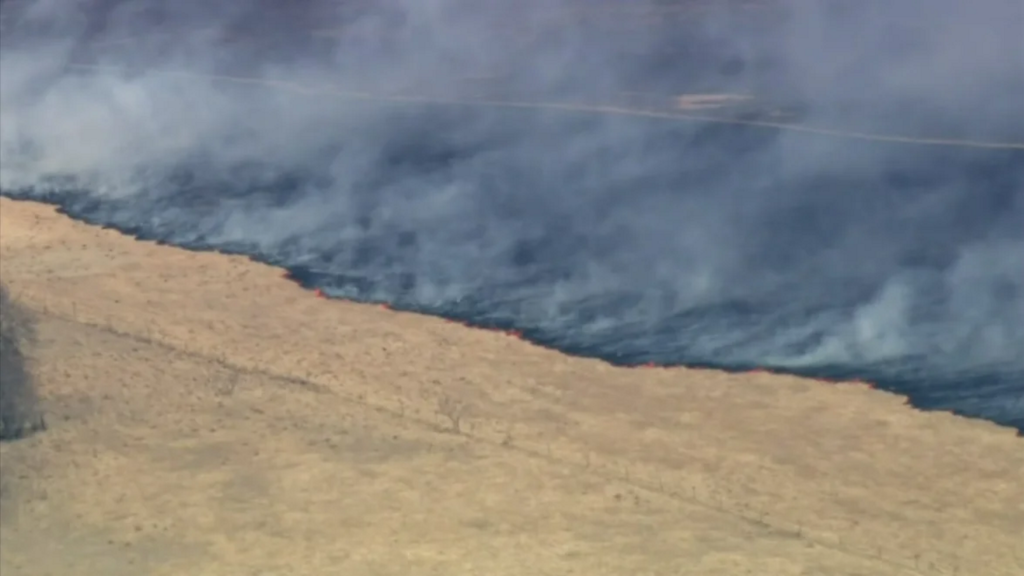
Texas Gov. Greg Abbott (R) declared a disaster in 11 counties affected by the blaze. Smoke on Friday drifted into skies above Houston, some 300 miles away. Only 15 percent of the fire was contained as of Saturday afternoon, officials said.
And conditions could worsen. Large swaths of Texas — from the Dallas and Fort Worth suburbs in the east to Lubbock in the north and Odessa and Midland in the west — are suffering extreme drought conditions. Meteorological officials expect winds from the arid southwest to kick up Sunday and Monday, fueling the fire’s spread.
The National Weather Service on Saturday posted a “critical” fire weather outlook for nearly all of West Texas, half of New Mexico, and parts of Oklahoma, Kansas and Nebraska.
“When it’s as dry as it is out here and as windy as it is, that really allows that fire to spread, and that’s what we’ve seen with the Eastland Complex,” Adam Wiley, a meteorologist at the National Weather Service field office in San Angelo, Tex., told The Washington Post.
Rapidly warming temperatures around the globe threaten to exacerbate wild fires, international climate experts say, lengthening fire seasons and making the blazes more harmful.
Researchers and meteorologists in Texas have worried about spring and summer fires for months after the Lone Star State experienced one of its driest and warmest summers on record, developments closely linked with global warming.
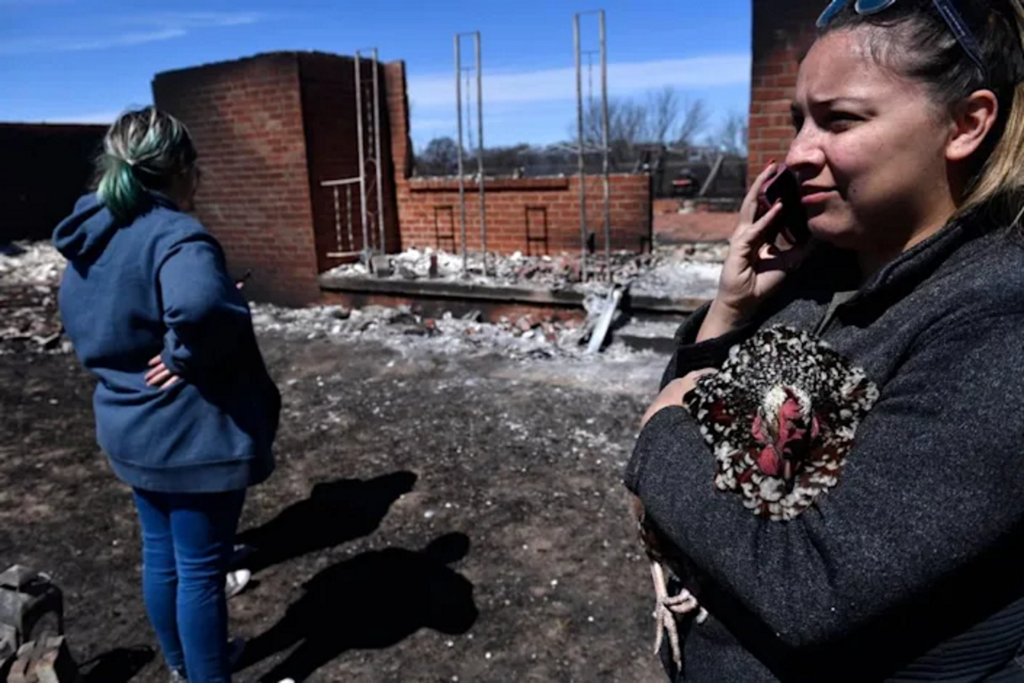
Temperatures in December in Texas averaged 5 to 12 degrees above normal, experts at Texas A&M University found, worsening the state’s drought and setting the stage for a catastrophic fire season.
Meanwhile, said John Nielsen-Gammon, a Texas A&M atmospheric sciences professor, rainfall in Central Texas has increased by 10 percent over the past century, and the last six months of 2021 were wetter than usual.
Both developments, he said, are caused by rising global temperatures, which intensify storms during some seasons, then parch the landscape during others.
The result, he said, was that the grasses and bushes that fuel wildfires grew larger during the summer and fall, then dried out over the winter. Now those parched plants are acting as kindling to the Eastland Complex blaze.
“Rain is becoming more intense and erratic, which allows for greater periods for things to dry out,” Nielsen-Gammon said. “The scientists that have looked at it carefully say we’ll have increased likelihood of wildfire throughout Texas, especially in central and East Texas. It’s possible that in west Texas the drier climate may limit the amount of plant growth, leading to less fuel to burn. But in the wetter parts of Texas, there will be more fuel, and things will dry out more rapidly.” [more]
Texas wildfire kills 1, as officials worry extreme drought could worsen conditions
